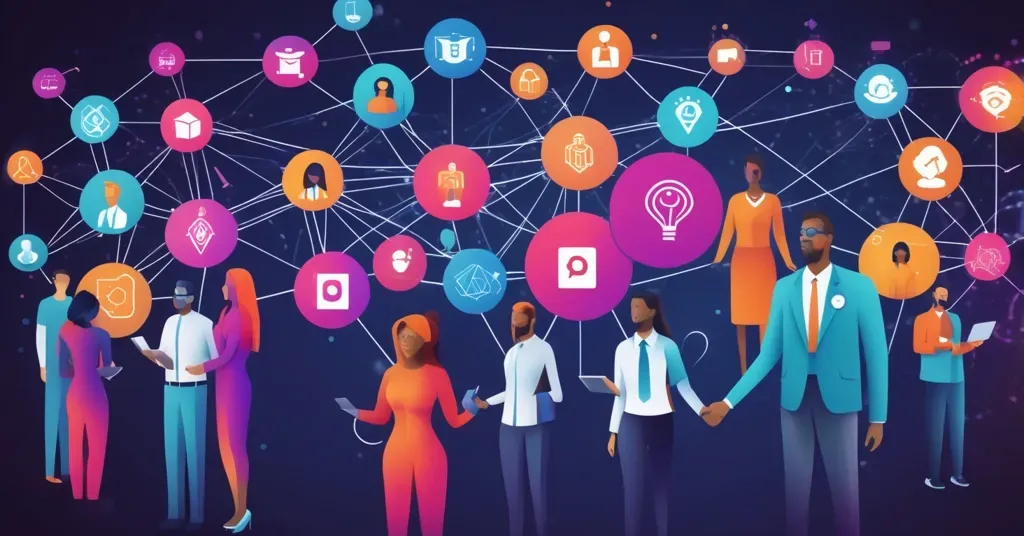
The Untold Psychology of Digital Transformation: What Leaders Need to Know
Understanding the brain code and leveraging neuroscience can help leaders mitigate fear and resistance, fostering a culture of trust and innovation essential for successful digital transformation.
In today’s fast-paced landscape, the explosive development of Artificial Intelligence (AI) is reshaping industries at an unprecedented rate. Companies across the globe are racing to implement AI technologies, not only to stay competitive but to drive innovation and gain a strategic edge. AI is now working alongside people, automating redundant, less complex tasks, and freeing up human capacity for higher-order cognitive functions.
While this shift presents immense opportunities, it also brings uncertainty and fear. The natural human response to such change is resistance. When faced with the introduction of AI, employees may worry about their job security, role relevance, and the increasing demand for new skills. This triggers the amygdala — the brain’s fear center — leading to heightened stress, anxiety, and a reluctance to embrace these new technologies.
However, these emotional responses can be mitigated by understanding the brain code. Leaders who tap into the neuroscience of digital transformation can not only ease these fears but also inspire their workforce to thrive alongside AI. By addressing the emotional side of change, companies can reduce resistance, foster innovation, and successfully integrate AI without the common pitfalls that derail transformation efforts.
Neuroscience for Better Results in Digital Transformation
Our brains are hardwired to respond to change with caution, even fear. The brain’s amygdala, responsible for processing emotions such as fear, plays a critical role in how we react to uncertainty. When faced with the unknown, such as a new technology or workflow, our brain activates its defense mechanisms, creating resistance to change. This can manifest in behaviors such as clinging to familiar processes, groupthink, or an aversion to failure—behaviors detrimental to the success of digital transformation.
The key to overcoming these challenges lies in understanding the brain code—the neuroscience behind human reactions to change—and leveraging it to drive successful transformation. Research shows that emotions, rather than logic, drive most of our decisions. Emotions such as fear and pleasure are powerful forces that shape human behavior and responses to change. By recognizing and addressing these emotions, business leaders can create environments that foster trust, reduce fear, and encourage innovation.
Strategies for Leaders
Here are three essential strategies for managing the human side of digital transformation:
- Build Psychological Safety: Leaders must create environments where employees feel safe to learn, contribute, and challenge ideas without fear of repercussions. This promotes creativity and drives collaboration during digital transformation initiatives.
- Connect to Purpose: Intrinsic motivation is a powerful tool. Connecting transformation efforts to a higher purpose or shared vision can help employees navigate uncertainty and focus on long-term success, engaging their pleasure centers rather than fear.
- Leverage Neuroscience: Understanding the social brain and promoting brain synchrony through techniques like storytelling, breathing exercises, or even structured collaboration can foster a sense of teamwork and trust, essential for successful transformation.
As digital transformation continues to evolve, the role of psychology and brain science in managing these changes cannot be ignored. Companies that succeed in digital transformation will be those that understand and address both the technological and human aspects of change. I invite you to explore more about how your organization can leverage the psychology of digital transformation to unlock growth and achieve sustainable success.
Interested in how these insights can transform your business? Let’s connect and discuss how to apply the brain code for your next transformation initiative.
This article was originally featured on LinkedIn.
ExO Insight Newsletter
Join the newsletter to receive the latest updates in your inbox.









